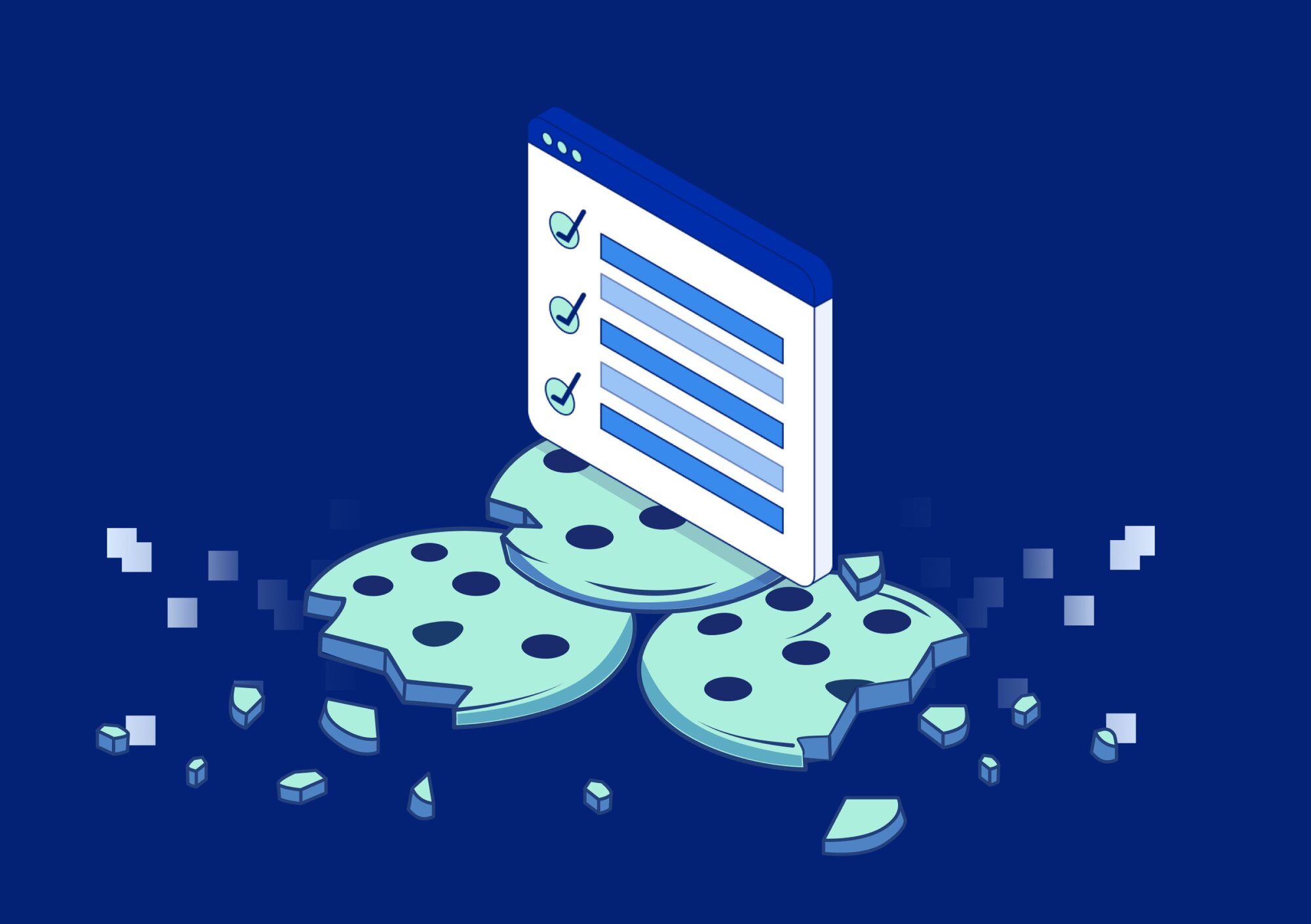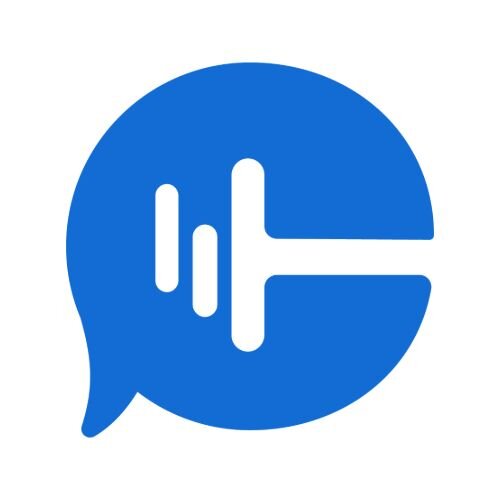July 2024 update: As of July 22, 2024, Google announced it will no longer deprecate third-party cookies. Instead, Google promised to introduce a new feature that lets people make an informed choice that applies across all web browsing. In light of this, we recommend continuing to prioritize the capture of first-party data. Focusing on direct interactions with your customers allows for more reliable and compliant data collection, ensuring your marketing strategies remain effective regardless of industry changes.
With Google set to end its use of third-party cookies by 2025, agencies must prepare for a significant shift in how they collect and use consumer data. This change will disrupt traditional programmatic advertising, potentially impacting the results agencies can achieve for their clients. However, by transitioning to first-party and zero-party data strategies now, agencies can navigate this cookieless future with less disruption and greater success.
Understanding the shift
For years, third-party cookies have been essential for tracking user behavior across websites, enabling targeted advertising. However, growing privacy concerns and regulations like the GDPR have led to their decline.
Instead, there is now a greater focus on first-party cookies, which enhance user experience by remembering login details and preferences, as well as zero-party data, which is willingly shared by users through surveys and forms. This shift towards first-party and zero-party data addresses privacy issues and fosters deeper customer relationships. As agencies adapt, leveraging these data types will be crucial for maintaining effective, personalized marketing strategies.
The role of zero-party data
In a world without third-party cookies, zero-party data becomes essential because it eliminates the guesswork and intermediaries, offering a direct line to understanding customer needs and behaviors. Ultimately, zero-party data empowers agencies to create more targeted and effective marketing campaigns, enhancing client outcomes in the cookieless era.
How to successfully move from third-party to first-party and zero-party data
To navigate the transition away from third-party cookies effectively, agencies need to adopt a strategic approach to data collection and data-driven insights. Here are five actionable steps to take:
- Conduct a cookie audit: Begin by understanding how your clients' websites use first- and third-party cookies. Use tools like Chrome Developer Tools to get detailed information on each cookie. This audit will help identify any dependencies on third-party cookies and find alternative solutions.
- Improve first-party data collection: Drive more traffic to your clients' websites, apps, or products by creating compelling campaigns. Once visitors arrive, provide engaging and relevant content to encourage them to stay and interact. Tools like Call Tracking and Form Tracking can help pinpoint which campaigns and keywords are most effective in driving traffic and conversions.
- Prioritize zero-party data collection strategies: Zero-party data is invaluable because it comes directly from the customer. Encourage or incentivize customers to share their information through forms, surveys, and user profiles. For example, offering discounts in exchange for completing a survey can be an effective strategy. Then, use Call Tracking and Form Tracking together to see the entire customer journey, from initial interaction to conversion.
- Integrate Form Tracking with other marketing tools: Integrating Form Tracking with Mailchimp and Typeform gives your agency a comprehensive view of marketing efforts and customer interactions. The Mailchimp integration automates adding contacts to email lists and links interactions to workflows for timely follow-ups. The Typeform integration also fuels timely follow-ups while enhancing attribution by tracking campaign-driven form submissions. While Form Tracking helps expedite follow-ups via an automated call or text from a CallRail bot prompting reps to press one to dial the form submitter – MailChimp extends this functionality by enabling follow-up via email as well. These features help agencies optimize data collection and deliver personalized marketing campaigns without relying on third-party cookies.
- Maximize insights from customer conversations: Leverage AI-powered tools like Conversation Intelligence® to transcribe, summarize, and analyze customer interactions over the phone. These tools can identify trends, keywords, and sentiments, providing deep insights into customer motivations and preferences. This information can be used to refine marketing strategies and improve targeting.
Future-proof your agency with Form Tracking
Prepare for the end of third-party cookies by integrating Form Tracking today into your marketing toolbox. It will help your agency stay ahead with valuable first-party and zero-party data and insights for your clients.










